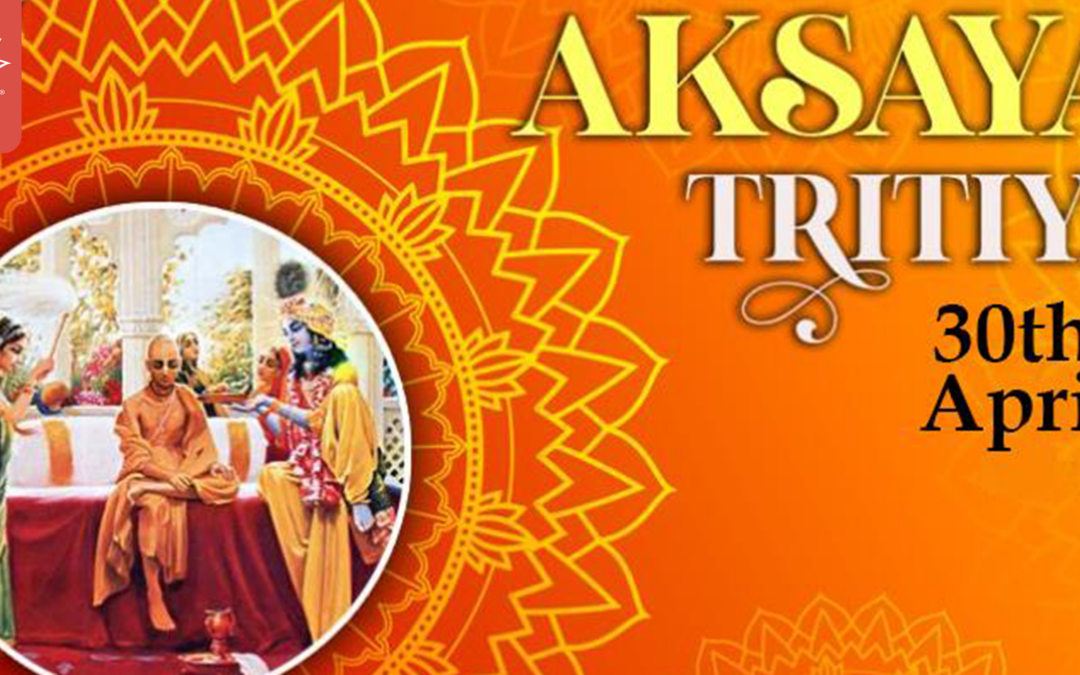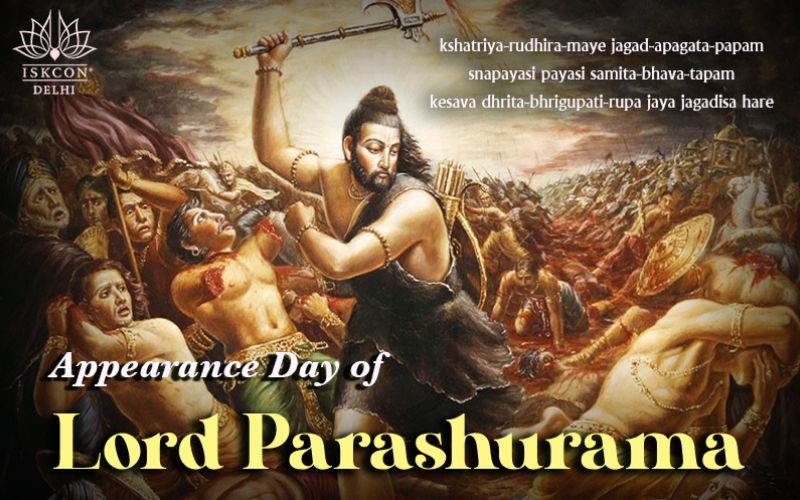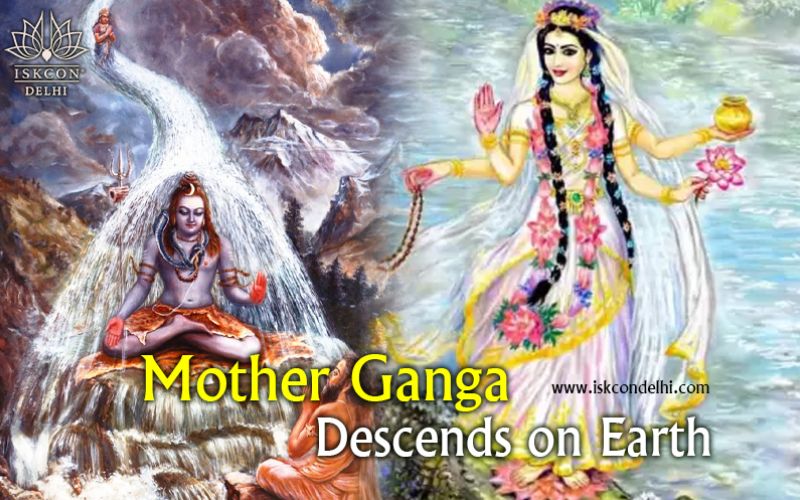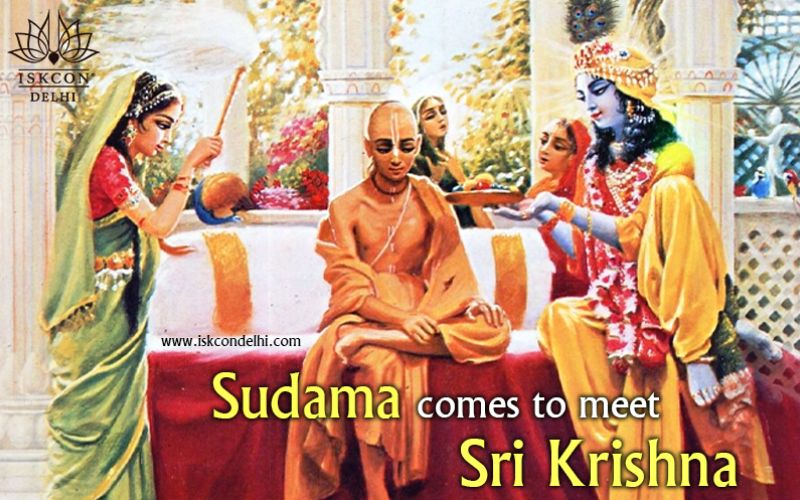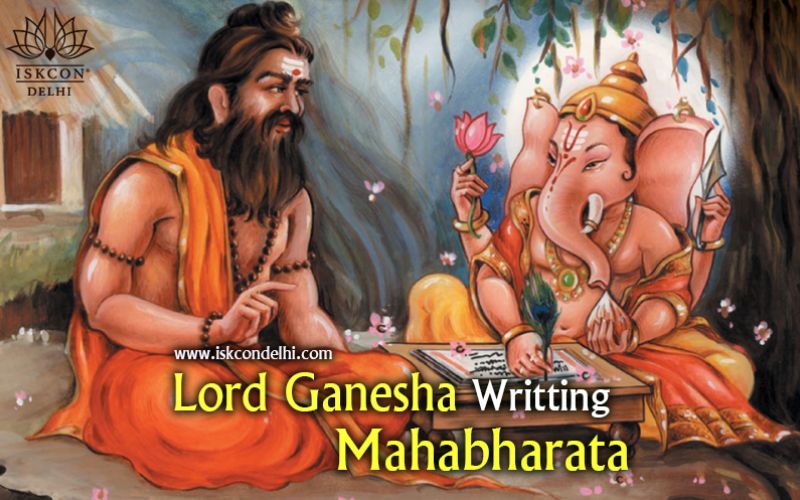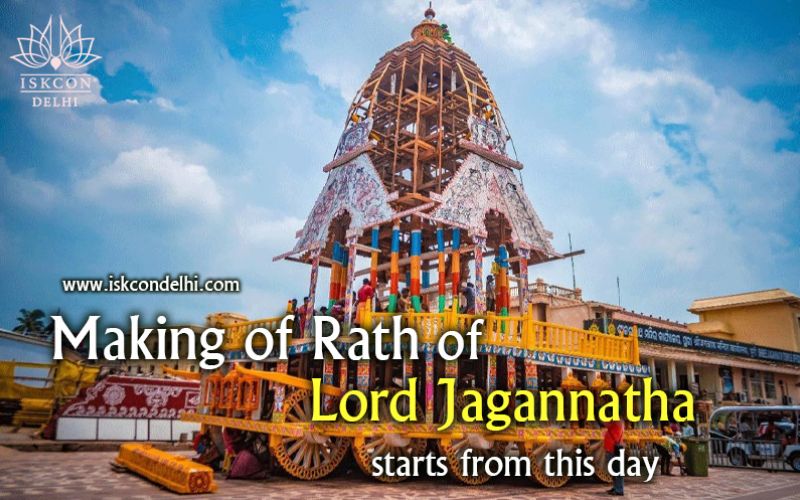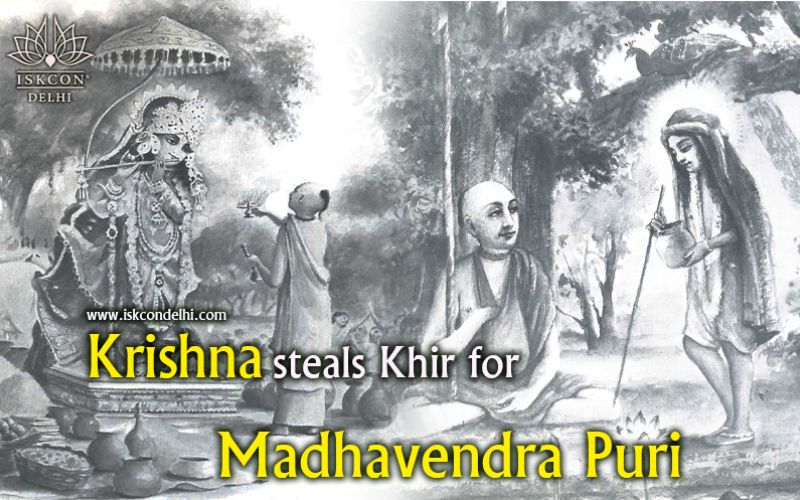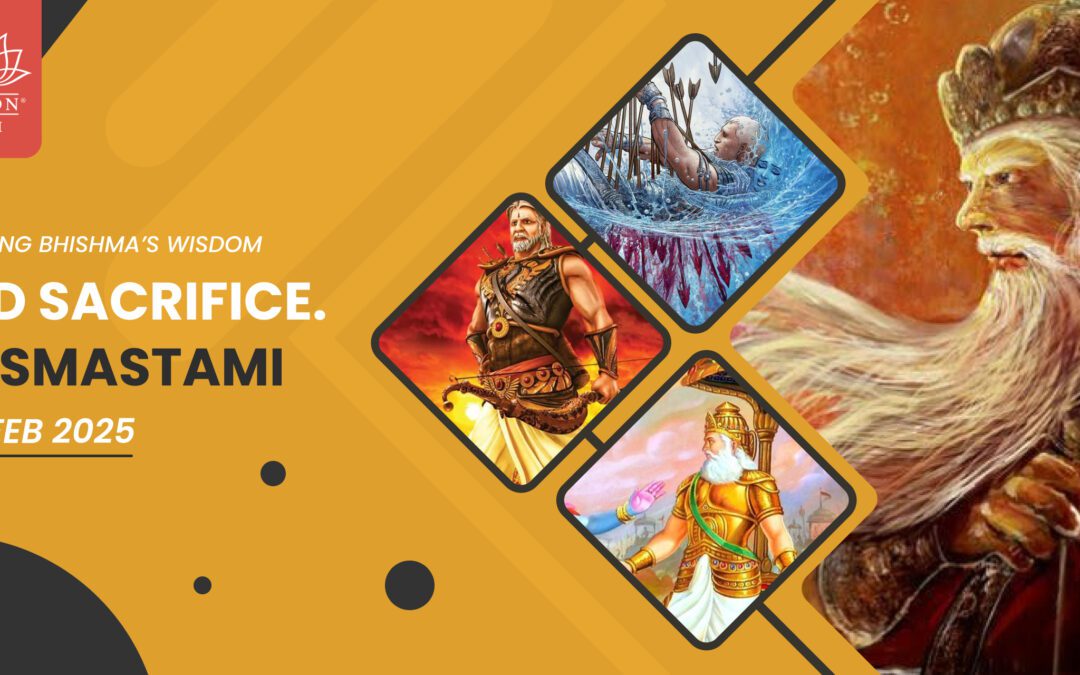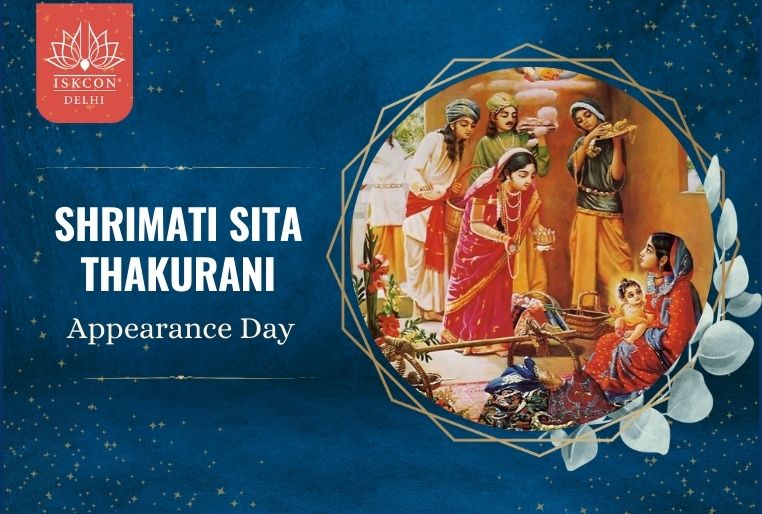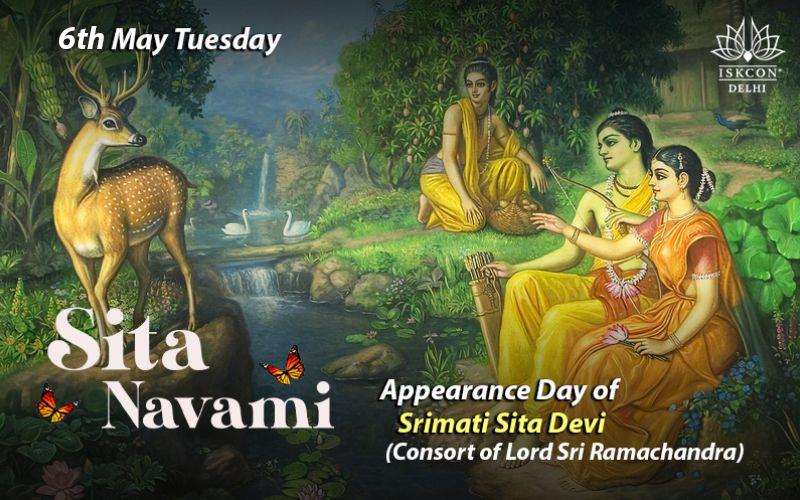
Sita Navami – The Auspicious Day
The literal meaning of Sita is a plough. Mithila state was drought-ridden. When King Janaka was ploughing the field, he found one baby girl. He took care of her and raised her as his daughter. Because the mother of the entire world, Janaki, appeared from the earth when Janaka was ploughing the field, he named her ‘Sita’.
Mother Sita has 12 transcendental names –
मैथिली जानकीः सीता वैदेही जनकात्मजा | कृपापियूषजलधिः प्रियार्हा रामवल्लभा ||
सूनायाना सुता विर्यशुल्काअयोनी रसोद्भवा | द्वादशैतानि नमामि वाञ्छितार्थप्रदानि हि ||
Maithilī Jānakīḥ Sītā Vaidehī Janakātmajā |
Kṛpā-Piyūṣa-Jaladhiḥ Priyārhā Rāmavallabhā ||
Sūnāyānā Sutā Vīrya-śulkā-Ayonī Rasodbhavā |
Dvādaśaitāni Namāmi Vāñchitārtha-Pradāni Hi ||
(From Shri Janaki Charitamritam)
1. Maithili
2. Janaki
3. Sita
4. Vaidehi
5. Janakatmaja
6. Kripapiyushajaladhi
7. Priyarha
8. Ramavallabha
9. Sunayanasuta
10. Viryasulka
11. Ayoni
12. Rasodbhava
Mother Sita could effortlessly pick up Shiv Ji’s bow in her childhood, placed on an eight-wheeled cart that could only be picked up by 500 people together. The condition of her marriage was to put a string on the same bow. No one among big-big demigods, Gandharvas, demons, etc., could even move the bow an inch.
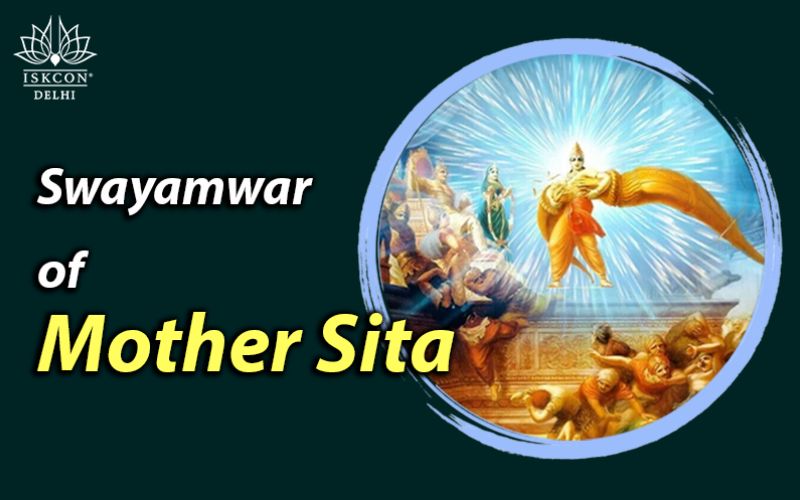
Lord Ramchandra not only put the string on the bow in a moment but also very sportingly broke the bow from the middle. Thus mother Sita was married to Lord Ramchandra.
After marriage, when Lord Ramchandra was exiled to live in the forest for 14 years, mother Sita considered it auspicious to go with the Lord. Sitaji, who had lived in comforts since childhood, accepted the harsh and challenging life of the forest graciously and, without a second thought, accompanied Lord Ramchandra Ji.

Ravana abducted Her from the forest, and several female demons tortured Her in Lanka. Even after that, She forgave them. She also had to undergo agnipariksha. She constantly faced challenges one after another. Mother Sita is the embodiment of sacrifice and dedication. The character of mother Sita portrays us as an ideal wife, a pious, dutiful woman with a forgiving, compassionate, and humble heart.
Mother Sita has presented an example of a character that is exemplary for all of us. There was no reason for Her to grieve, but She certainly did it to educate us.
And the biggest lesson that Mother Sita Ji teaches us is this, just as the deer of gold attracted Her, She had to turn away from God. In the same way, we are also attracted to the golden deer of material desires. Thus, we leave God’s company and come into this world and struggle. We then have to pay the price for it throughout our lives, just as mother Sita had to pay in Lanka. So, as long as the living entities obey God’s will and His instructions, the living entities would remain happy, but when we separate from God and go against His will, then there would be the same problems as mother Sita had to face Lanka.
We all have this human form of life, and if we don’t take advantage of this life, If we don’t serve God, then what to say? And for such people, scripture says that they are committing suicide. So that’s why we all should take shelter from the Lord’s internal potency on Sita Navami and make this human form of life victorious.
Your Smallest act of Charity can make a difference and bring smiles to Needy Faces.
DONATE 50 MEALS
₹ 1,000
DONATE 250 MEALS
₹ 5,000
DONATE 100 MEALS
₹ 2,000
DONATE 500 MEALS
₹ 10,000
GENERAL DONATION
#Amount of your choice

